Far Away Places
Today, a world opens up The University of Houston's College of Engineering presents this series about the machines that make our civilization run, and the people whose ingenuity created them.
If you're of a certain age, you'll remember the popular song, "Far Away Places" with strange sounding names. My favorite version was Dinah Shore's. One passage went like this:
[Dinah Shore clip: "Goin' to China or maybe Siam/I want to see for myself/Those far away places I've been reading about/in a Book that I took from a shelf."]
That was 1948. World War II had just ended. Our soldiers had once read about such places in books. Now they were back from far-away places that they'd actually seen. The world was changing. It was shrinking.
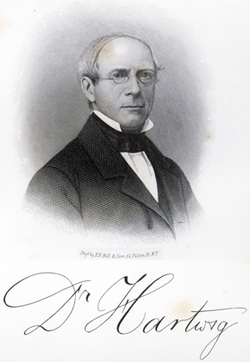 Now, you and I no longer reach for a book on our shelf to learn about those places. We open Google Earth or Wikipedia. But the other day, I did pick a book from the shelf. It was George Hartwig's 1874 tome, with the title, The Polar and Tropical Worlds: A Description of Man and Nature in the Polar and Equatorial Regions of the Globe.
Now, you and I no longer reach for a book on our shelf to learn about those places. We open Google Earth or Wikipedia. But the other day, I did pick a book from the shelf. It was George Hartwig's 1874 tome, with the title, The Polar and Tropical Worlds: A Description of Man and Nature in the Polar and Equatorial Regions of the Globe.
He calls it two-volumes-in-one and, at 800 pages, that's no idle boast. Hartwig was one of a prevalent 19th-century breed -- the voluminous writer of books on far-away places. Your great-great grandparents didn't have Wikipedia or the National Geographic show on TV. Instead, they read this vast literature on wonders of other lands, dancing with exotic steel-plate engravings. A quick browse of the internet reveals more of Hartwig's books -- ones on The Subterranean World, Volcanoes and Earthquakes, The Sea and Its Living Wonders ...
My book is amazing in its sweep -- in the unfolding of heroic journeys by 19th-century adventurers who gathered all this material. We meet the Tchukcthi tribes of the eastern tip of Siberia [on the Bering Sea]. We stay in a fur trader's cabin on Hudson's Bay. We go Walrus hunting with the Inuits. We read of creatures in the Amazon jungles and the peoples of Tierra del Fuego. We climb the Andes and we meet the African Weaver bird.
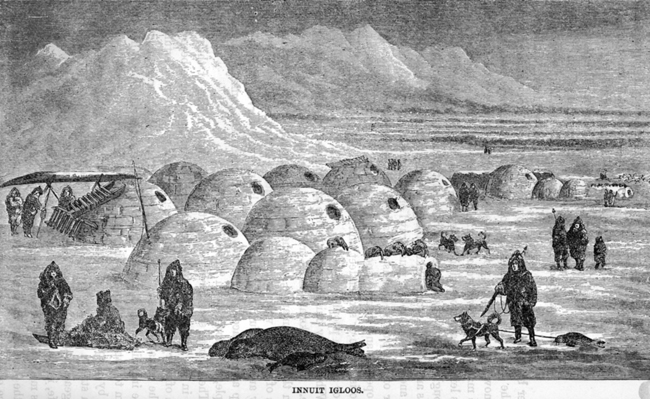
In our minds, of course, Darwin's Origin of Species lurks behind all this. It came out 15 years before, but it makes no dent here. Hartwig mentions Darwin only for his climb of Mount Tarn in Southern Chile. He mentions Captain Fitzroy of Darwin's ship The Beagle for his survey of Patagonia. That's it. I wonder if Hartwig was aware that Fitzroy became an unbalanced opponent of Darwin's work, and that he finally committed suicide.
Perhaps. But that sort of thing has no place here. This is dessert for the brain, in the same way the Discovery Channel is today. This was food for our dreams in a time when those places lay so much farther from our doorsteps than they do today. It was a world most of us could only read about.
["in a book that I took from the shelf." Reprise]
I'm John Lienhard, at the University of Houston, where we are interested in the way inventive minds work.
Dr. G. Hartwig, The Polar and Tropical Worlds: A Description of Man and Nature in the Polar and Equatorial Regions of the Globe. (Springfield, MA: C. A. Nichols & Co., 1875) All images are from this source. My thanks to Andrew Lienhard for providing me with this book.
The clip of Dinah Shore singing Far Away Places.
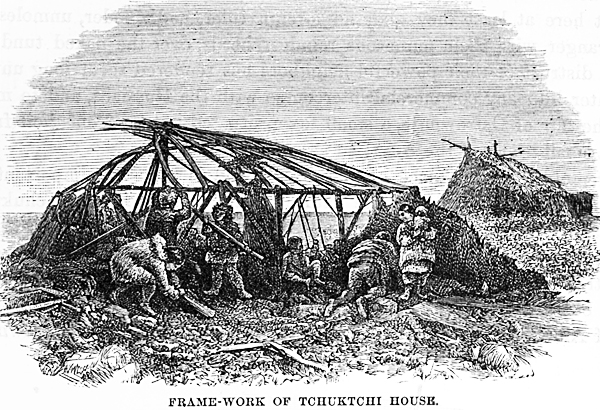

And here are the complete lyrics of the song:
Far away places with strange sounding names
Far away over the sea
Those far away places with the strange sounding names
Are calling, Calling me
Going to China or maybe Siam
I want to see for myself
Those far away places I've been reading about
in a Book that I took from a shelf
I start getting restless whenever I hear
The whistle of a train.
I pray for the day I can get underway
And look for those castles in Spain
They call me a dreamer.
Well maybe I am;
But I know that I'm burning to seeThose far away places with the strange sounding names
Calling, calling me
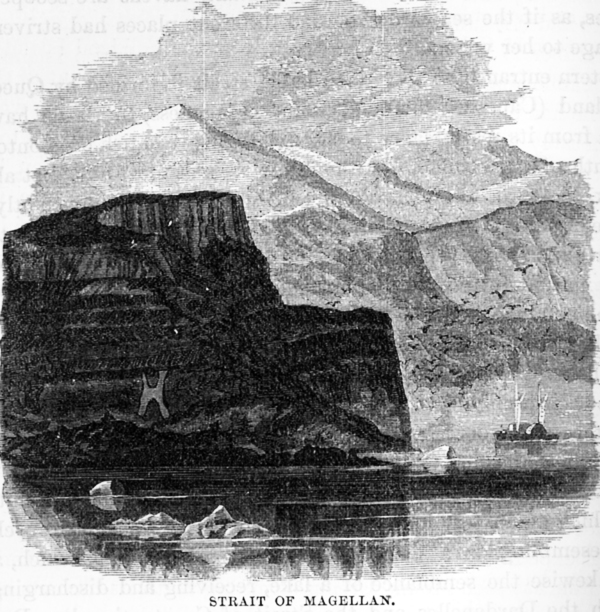
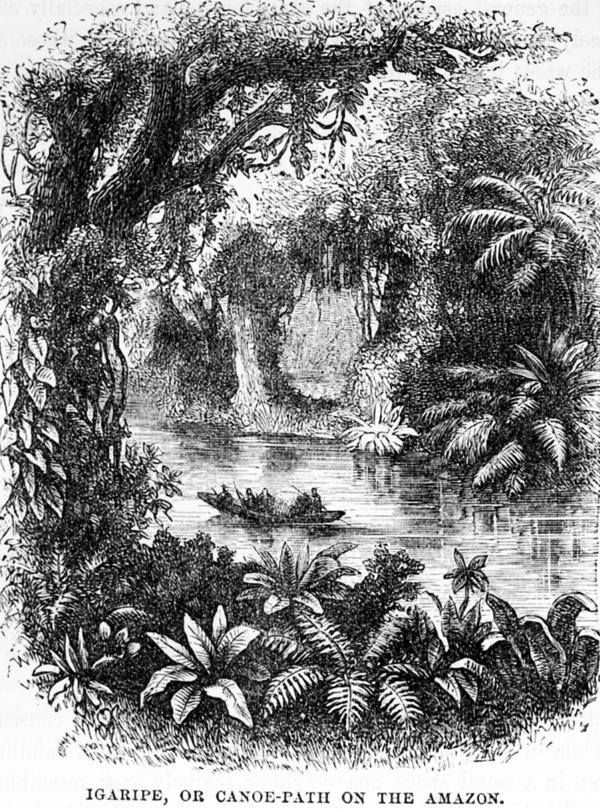
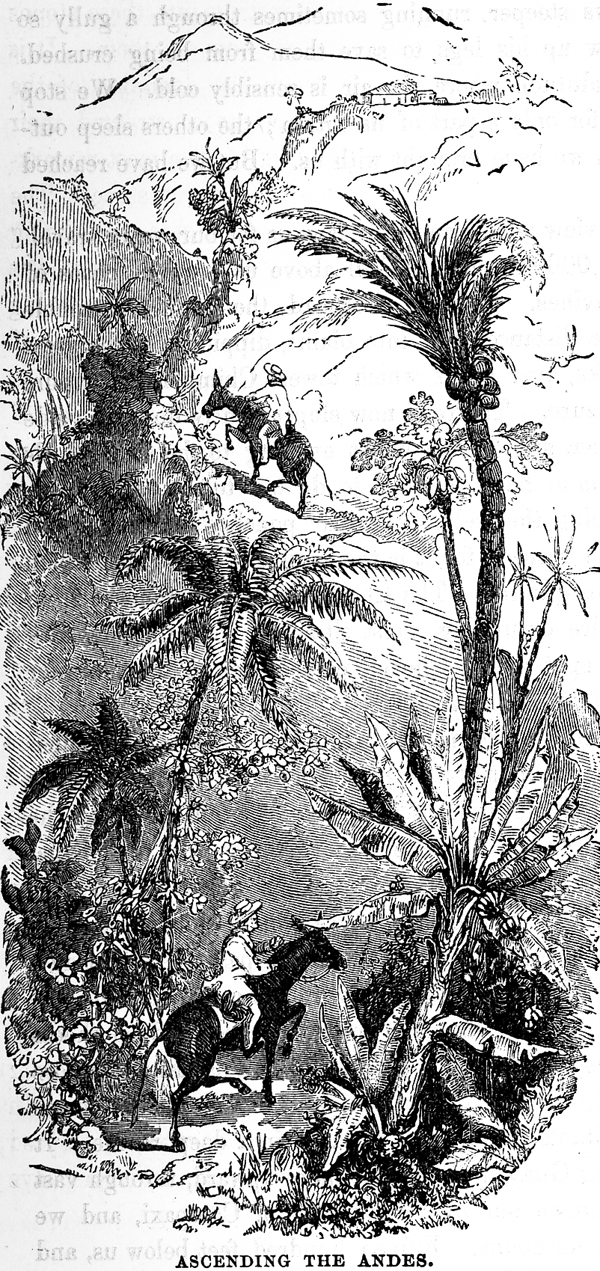
This episode was first aired on December 19, 2011